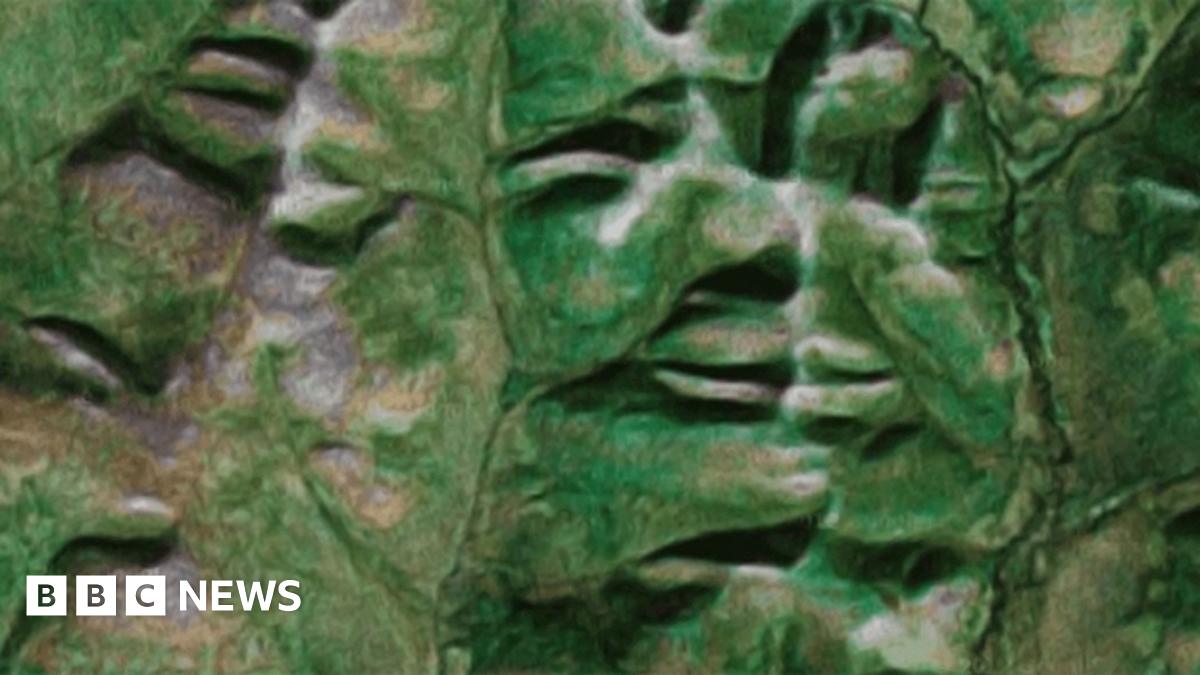Hi,
Please tell me that the faces staring back at me from the carpet during zazen will cease over time. No matter where I rest my gaze there is a different face each time. Why is it always faces that I see, in the carpet, curtain patterns or clouds? It is I must confess very distracting.
Gassho Steve
Please tell me that the faces staring back at me from the carpet during zazen will cease over time. No matter where I rest my gaze there is a different face each time. Why is it always faces that I see, in the carpet, curtain patterns or clouds? It is I must confess very distracting.
Gassho Steve









Comment